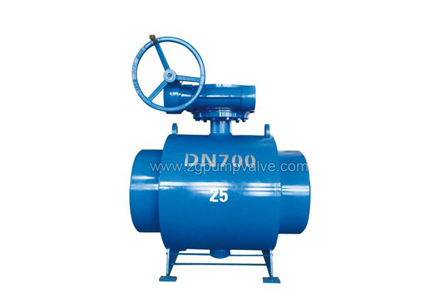Learn - Nov. 29, 2021
A ball valve is a globe valve that controls the flow of a liquid or gas by means of a rotating ball with a hole. By rotating the ball a quarter-turn (90 degrees) around its axis, the medium can flow through or be blocked. They are characterized by their long service life and provide a reliable seal throughout their service life, even if the valve is not used for a long time. For this reason, they are preferred as globe valves over gate valves.
Standard ball valves consist of a housing, a seat, a ball, and a lever for the ball to rotate. They include valves with two, three, and four ports, which can be either female or male threaded or a combination of them. Threaded valves are the most common and come in various types: miniature ball valves approved for specific media or applications, angular ball valves, ISO top ball valves, integrated filters or drain points, etc. They offer a wide range of options and a large operating range of pressures and temperatures.

Ball Valve
Hydraulic ball valves are specially designed for use in hydraulic and heating systems due to their high-rated working pressure and resistance to hydraulic and heating oil. These valves are made of steel or stainless steel. In addition to these materials, the valve seats make the hydraulic valves suitable for high working pressures. The seats of these valves are made of polyformaldehyde (POM) and are suitable for high pressure and low-temperature applications. The maximum working pressure of the hydraulic ball valves exceeds 500 bar, while the maximum temperature can reach 80°C.
The flanged ball valves are characterized by their connection method. The ports are connected to the piping system by means of flanges, which are usually designed according to specific standards. These valves offer high flow rates as they are usually designed with a full bore. When selecting a flanged ball valve, in addition to the pressure rating, you must also check the flange compression rating, which indicates the maximum pressure that the connection type can withstand. Designed with two, three, or four ports, these ball valves can be approved for specific media and have all the other features that an ISO top, as well as a standard angle travel valve, might have. They are usually made of stainless steel, steel, or cast iron.
In terms of design, a vented ball valve looks almost identical to a standard two-way ball valve. The main difference is the outlet in the closed position with ambient ventilation. This is achieved by drilling a small hole in the ball and valve body. When the valve is closed, the hole is aligned with the outlet and pressure is relieved. This is particularly useful in compressed air systems where reduced pressure provides a safer working environment. Intuitively, these valves look like 2-way ball valves, but in reality, they are 3/2-way because they have small holes for venting.